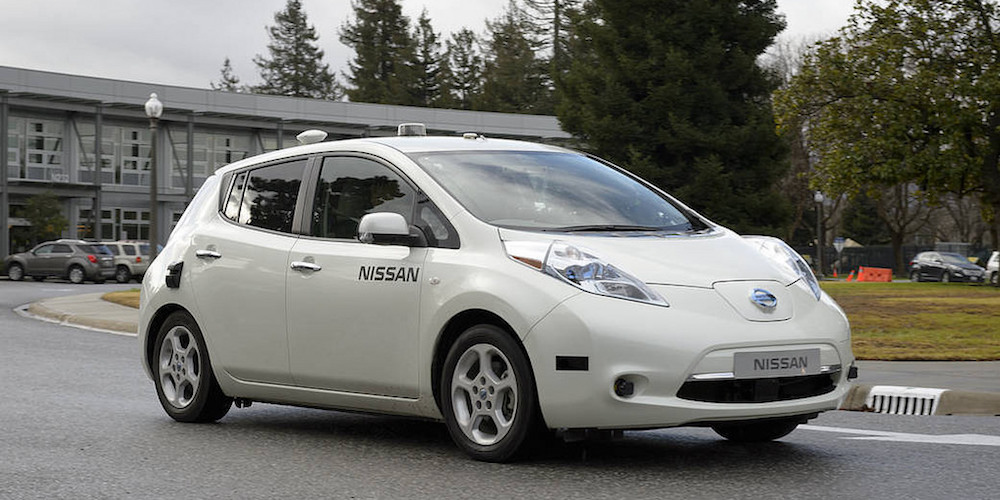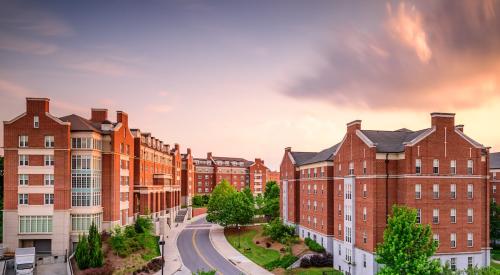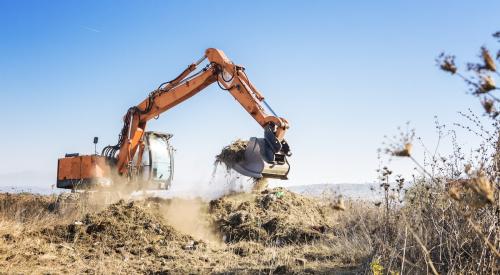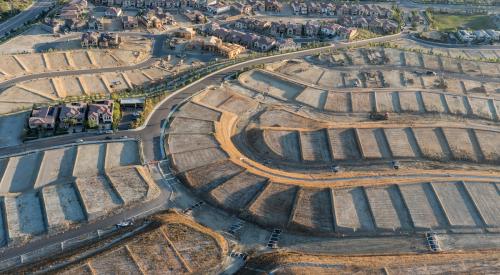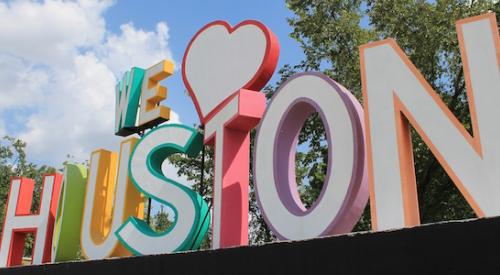Imagine a world without parking lots. Cities and suburbs would have untold amounts of land to use for however they see fit: green spaces, mixed use projects, and, above all, new housing developments.
John Burns Real Estate Consulting identified eight ways housing will change in the advent of driverless cars.
Land that is currently earmarked for cars, such as parking lots, auto dealerships, and gas stations, will be repurposed for both single-family and multifamily housing developments. Much of this land will be closer to city centers, allowing people to live closer to where they work. Density will increase, as will urban employment rates. Construction costs will also decline, as transporting materials from the warehouse to the job site will be cheaper.
Home sales are expected to decline, however, as the elderly will be able to stay in their homes longer. Not being able to drive will no longer be a hindrance. As aging-in-place becomes more common, demand for assisted living centers will drop, and repair and remodeling spending will increase.
Autonomous vehicles will be different than their fossil-fueled brethren in many ways.
More money in consumers’ wallets as automobiles shift from a consumer good (owned/leased) to service (on demand). Loan/lease payments, fuel, maintenance, and insurance costs will disappear almost completely. The boost to household disposable income will be significant once scaled.
